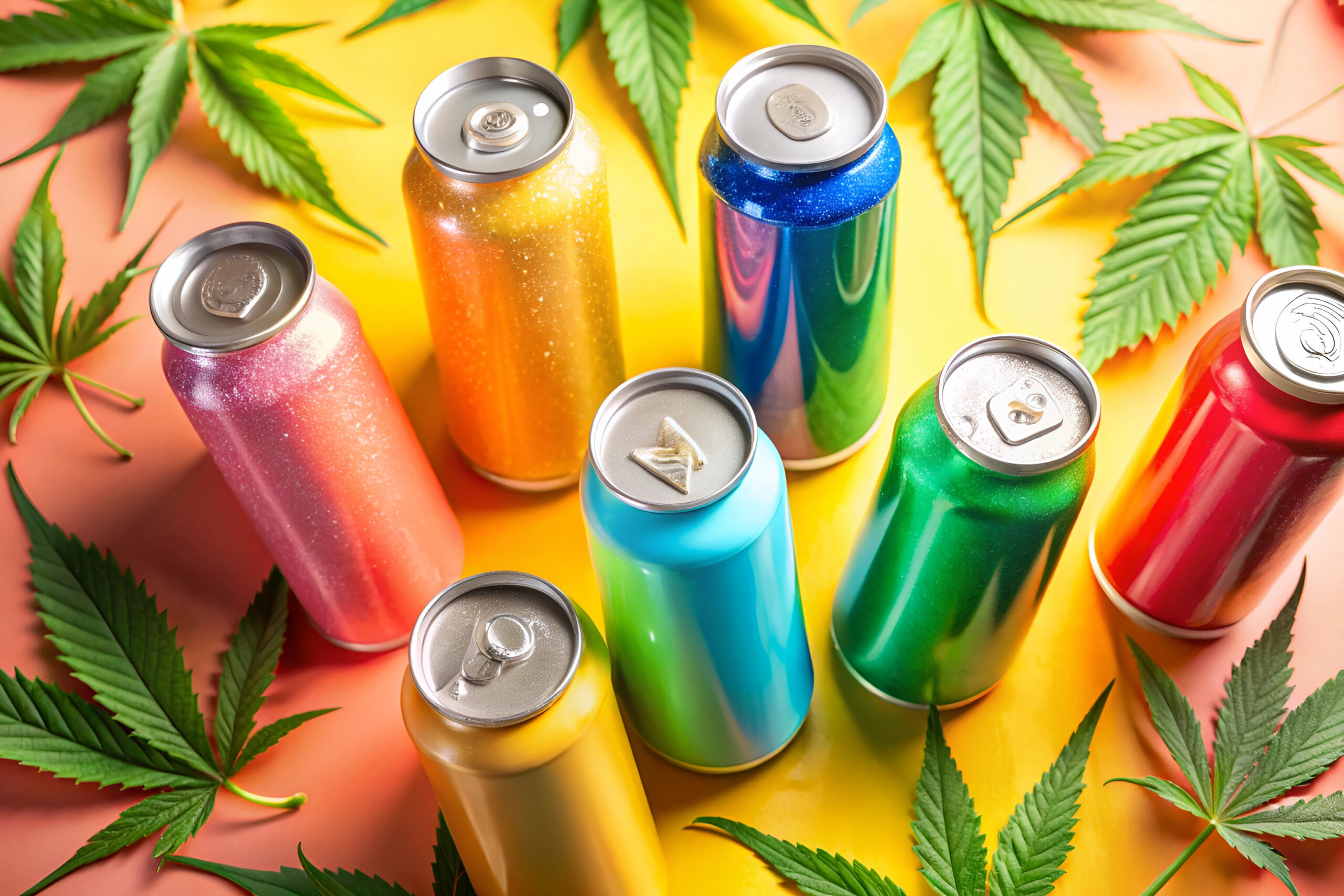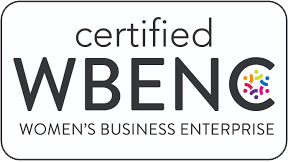Dry January turned into a marketing bonanza for creative mixologists this year, with trendy bars and restaurants highlighting their spirit-free concoctions. For many, Dry January is an onramp to a growing trend of adults cutting back on alcohol all year round. Non-alcoholic beer sales are projected to grow at a compound annual growth rate (CAGR) of 7.1% between 2024 to 2034 in the U.S. according to research and consulting firm Future Market Insights. Another trend worth noting for the adult beverage market is the growing acceptance and usage of cannabis. Fortune Business Insights projects the market for cannabis beverages to grow globally from $2.04B in 2023 to $117B by 2032. North America makes up the lion’s share of that market, $1.89 Billion out of $2.04B globally in 2023.
Projections are an educated guess, but with more young Americans cutting back or eliminating alcohol entirely, adult beverage makers who create and market cannabis-infused products are entering unchartered territory that will be both profitable, and risky if they don’t understand the lay of the land.
There is always risk developing and marketing new products. In this case, brands have an audience looking for options. Polling firm Gallup reports the percentage of U.S. adults aged 18 to 34 who consume alcohol has dropped 10% over the past two decades. While older adults report increased alcohol usage, brands tend to look to younger consumers for future growth opportunities, and increasingly, younger Americans are turning to cannabis in all forms. That same Gallup poll finds marijuana use nearly doubling for adults 18-34 between 2013 and 2023. Interestingly, similar numbers of increased usage can be found among middle-aged people who were polled.
Managing risk in an unpredictable cannabis market
While the market for cannabis-infused beverages appears to be growing – the risk of marketing these new products requires brands to understand where their own expertise lies, and where they should seek outside guidance.
Brands engage their customers in a variety of ways, and in many respects, makers of alcoholic beverages already understand how to work within a highly regulated industry. Cannabis adds another layer of complexity to the mix, whether a brand is offering a coupon, a rebate or even a contest or sweepstakes component to their marketing plan.
When congress passed the farm bill in 2018, it contained a loophole that opened the door to sales of hemp-derived products, provided they contained low levels of delta-9 THC. After federal restrictions were removed on such products, the THC-infused beverage market began to grow – but the loophole also left states to decide on their own what they would allow, and how it would be regulated, including how it could be marketed.
That means every state is different – and every state can change the rules during any legislative session. Our practice, and recommendation, is a quarterly review of individual states to ensure the guidance we give our clients is up to date and accurate. Being out of compliance can result in penalties that can range from a few hundred dollars to hundreds of thousands of dollars. In other words, you need to get this right because the risk created by not doing so is too great.
What does compliance look like? For cannabis, it’s more than making sure consumers taking part in promotional activities are legal adults. It’s more than understanding where cannabis products can and can’t be sold. It can come down to very minute details – some states allow you to use images of the cannabis flower, while others ban it. Some allow you to use food imagery, while others restrict it.
The road to marketing cannabis successfully is paved with compliance
While the road toward federal legalization of marijuana still faces many challenges, the DEA has proposed reclassifying cannabis from a Schedule 1 drug to Schedule III under the Controlled Substances Act. That is a big step forward toward legalization. If it happens, it will also change compliance regulations nationwide. Other countries have already fully legalized cannabis, including Canada, adding to growth opportunities in North America.
With cannabis products available in most states, and cannabis-infused drinks popping up seemingly everywhere alcoholic beverages are sold, many brands can make a solid business case for entering the market. When and if you do, make sure compliance is fully integrated into your marketing plan. Arrowhead is ready, with deep experience in the alcohol and tobacco industries, to help brands that sell cannabis products confidently create offers that will engage consumers and highlight their products.




